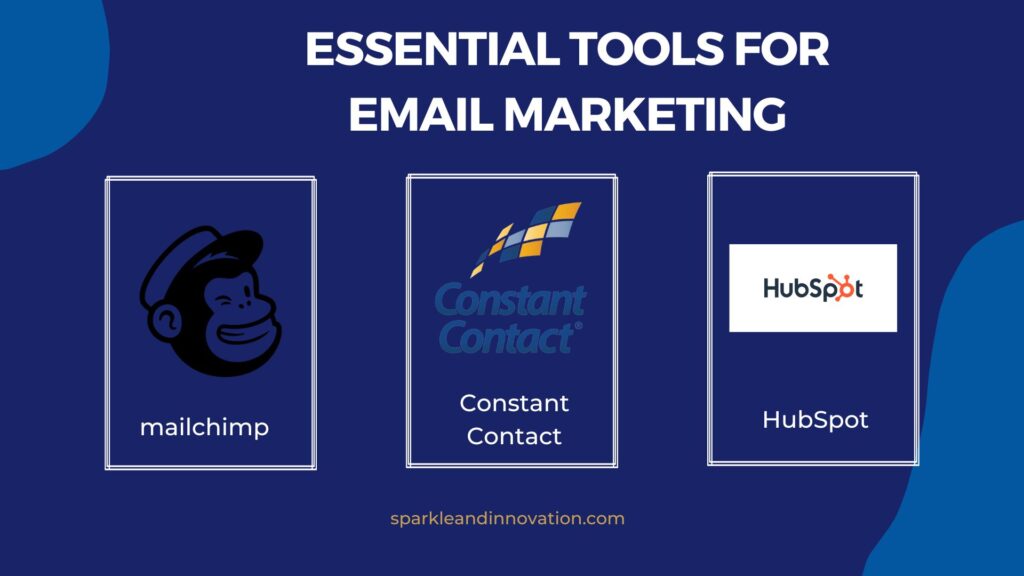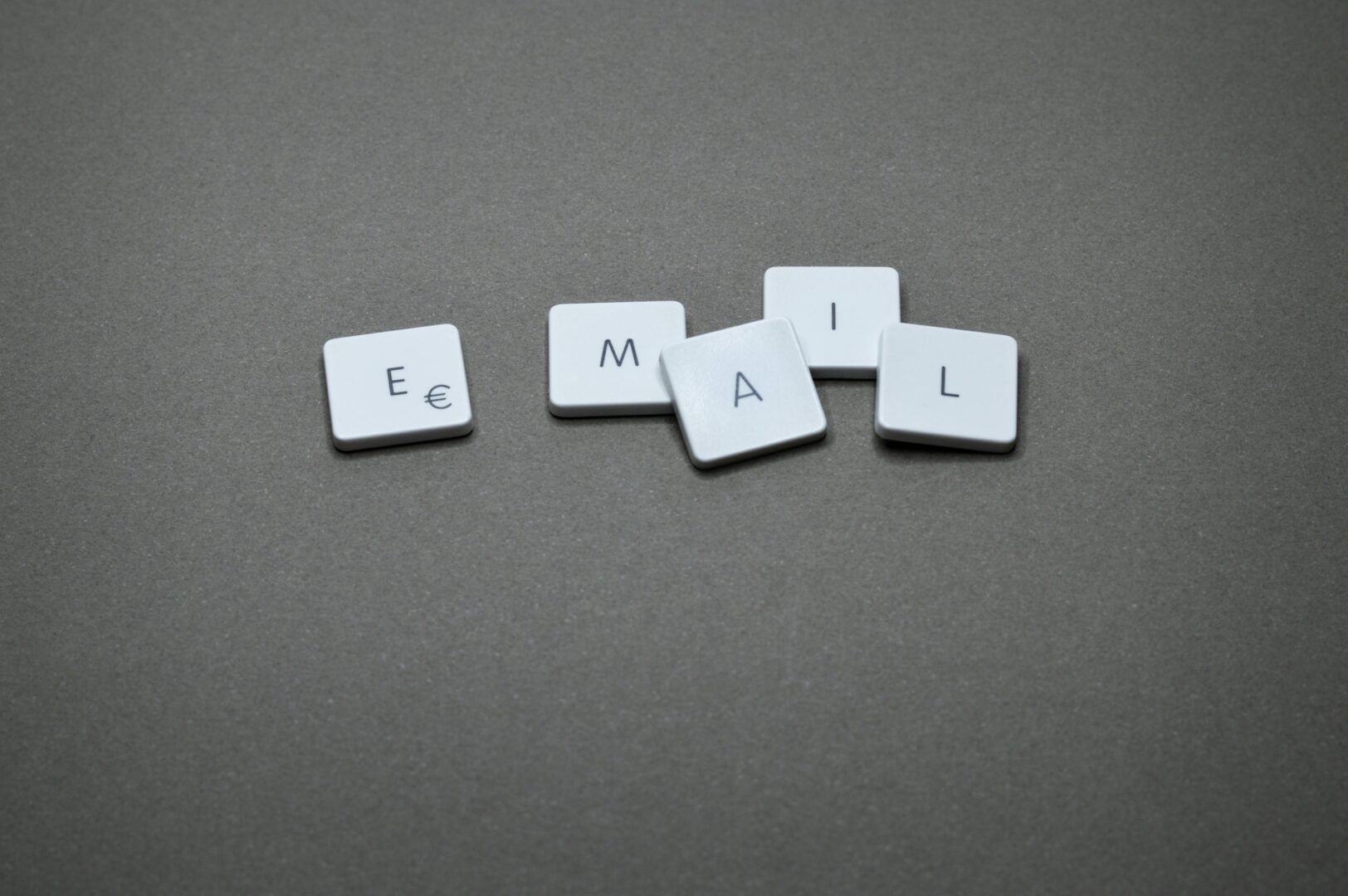The Ultimate Guide to Email Marketing
Email marketing remains one of the most effective ways to connect with your audience, nurture relationships, and drive conversions. Whether you’re a small business owner or a seasoned marketer, understanding the nuances of email marketing can significantly enhance your results. By leveraging email marketing effectively, you can create personalized experiences that resonate with your audience, build trust, and foster long-term loyalty.

Why Email Marketing Matters
Email marketing allows you to:
- Build direct relationships with your audience.
- Drive traffic to your website.
- Generate leads and boost sales.
- Share updates, promotions, and personalized content.
With an average ROI of $36 for every $1 spent, email marketing is a cost-effective strategy that should be part of your marketing arsenal. Its ability to provide measurable results makes it a favorite among businesses of all sizes.
Email Not Delivering? Google’s Guideline Changes Might Be the Cause
With recent updates, Google has announced stricter email authentication guidelines. Emails sent from domains without proper SPF, DKIM, and DMARC configurations may fail to be delivered.
To avoid this, implement SPF, DKIM, and DMARC authentication for your sending domain. These settings prove that your emails are not “spoofed emails” (emails with a forged From address). Ensuring these configurations are in place helps protect your domain and ensures your messages reach their intended audience.
What are DKIM, SPF, and DMARC?
One of the crucial aspects of email marketing is ensuring your emails actually reach your subscribers. This is where DKIM, SPF, and DMARC come in. Without these protocols, your email campaigns risk being marked as spam, reducing deliverability and effectiveness.
DKIM (DomainKeys Identified Mail)
DKIM is an authentication method that allows the sender to claim responsibility for a message in a way that can be validated by the recipient.
- It ensures that the email hasn’t been tampered with during transit.
- Implementing DKIM helps maintain the integrity of your email marketing messages and builds trust with your audience.
SPF (Sender Policy Framework)
SPF is a protocol that allows domain owners to specify which mail servers are permitted to send emails on their behalf.
- It helps prevent spoofing and improves email deliverability.
- Including SPF in your email marketing setup ensures better recognition by email servers.
DMARC (Domain-based Message Authentication, Reporting & Conformance)
DMARC builds on SPF and DKIM by providing instructions to email servers on how to handle messages that fail authentication.
- It also offers reporting, enabling domain owners to monitor and adjust their email practices.
- DMARC enhances the credibility of your email marketing campaigns and protects your brand from phishing attacks.
These three protocols work together to combat phishing, improve deliverability, and protect your domain’s reputation—a cornerstone of effective email marketing.
How to Check DKIM, SPF, and DMARC Settings
Here are some useful tools and resources to check and validate your email authentication settings:
- MXToolbox
URL: https://mxtoolbox.com
Description: A comprehensive tool to analyze your email authentication settings, including DKIM, SPF, and DMARC. - Google Admin Toolbox CheckMX
URL: https://toolbox.googleapps.com/checkmx/
Description: A tool provided by Google to verify email settings and ensure proper delivery. - DMARC Analyzer
URL: https://dmarcian.com/dmarc-inspector/
Description: A specialized platform to test and improve your DMARC setup. - Mail Tester
URL: https://www.mail-tester.com/
Description: A simple tool to send test emails and check the authenticity of your SPF, DKIM, and DMARC records.
By using these tools and following Google’s updated guidelines, you can ensure your email settings are configured correctly, improving deliverability and maintaining your domain’s reputation. Don’t let improper authentication settings hinder the success of your email campaigns!
Essential Tools for Email Marketing

To optimize your email campaigns, leveraging the right tools is key. Here are some excellent options to consider:
- Mailchimp
- A user-friendly platform ideal for beginners and small businesses.
- Learn more
- Constant Contact
- Great for businesses looking for email templates and automation.
- Learn more
- HubSpot
- Offers advanced CRM features integrated with email marketing tools.
- Learn more
- SendinBlue
- Combines email marketing with SMS campaigns.
- Learn more
- Litmus
- A tool to test and preview your email campaigns across multiple devices and platforms.
- Learn more
- Postmark
- Focuses on transactional email delivery with excellent reliability.
- Learn more
Tips for Successful Email Marketing Campaigns
- Build a Quality Email List
- Use opt-ins and lead magnets to attract subscribers genuinely interested in your content.
- A strong list is the backbone of successful email marketing.
- Segment Your Audience
- Categorize your list based on preferences, behavior, or demographics to send targeted messages.
- Segmentation ensures your audience receives content that matters to them.
- Personalize Your Emails
- Use the recipient’s name and tailor the content to their interests.
- Personalization boosts engagement rates and builds stronger relationships.
- Optimize for Mobile
- Ensure your emails look great on all devices by using responsive designs.
- With a significant portion of users checking emails on mobile, this step is critical.
- Test and Measure
- Use A/B testing for subject lines, designs, and CTAs to see what works best. Monitor metrics like open rates, click-through rates, and conversions.
- Testing helps refine your email marketing approach for maximum impact.
- Consistency is Key
- Maintain a consistent sending schedule to stay top-of-mind with your audience.
- Regular updates and newsletters create familiarity and trust.
Advanced Strategies for Email Marketing Success
- Behavioral Trigger Emails: Set up automated emails based on user actions, such as cart abandonment or content downloads.
- Dynamic Content: Include tailored sections within your email that adapt to the recipient’s preferences.
- Interactive Elements: Use polls, quizzes, or embedded videos to make your emails more engaging.
By understanding technical aspects like DKIM, SPF, and DMARC and utilizing powerful email marketing tools, you can elevate your campaigns, ensuring they reach the right audience and drive impactful results.
- Let’s Add Email Marketing Tools to Your Business: Explore more tools and techniques to integrate email marketing seamlessly into your strategy. Learn more
- What is the Best Way to Research and Analyze Your Email Marketing Audience and Competitors?: Discover strategies to understand your audience and outperform competitors in email marketing. Learn more
Start today and unlock the full potential of email marketing!



